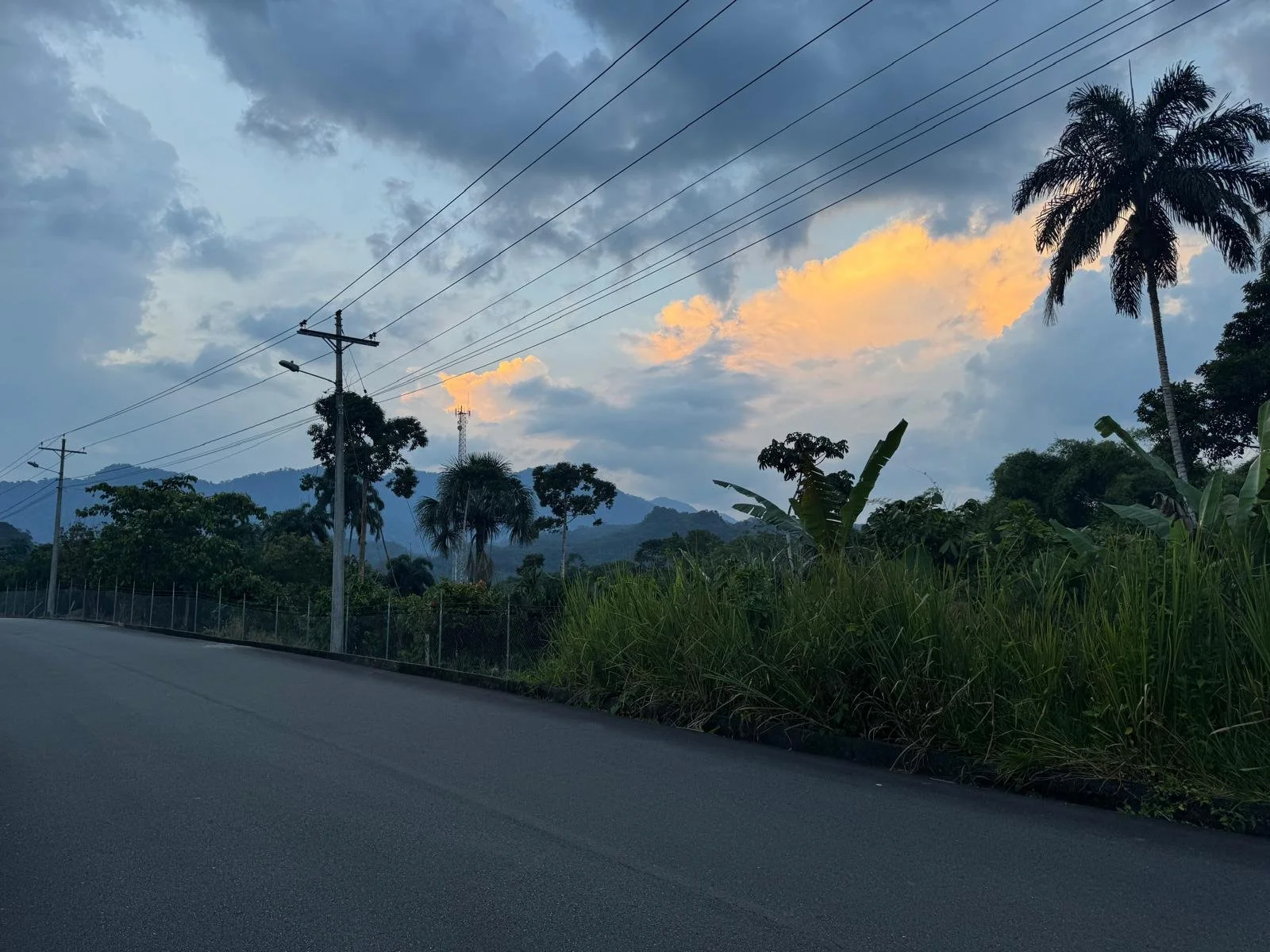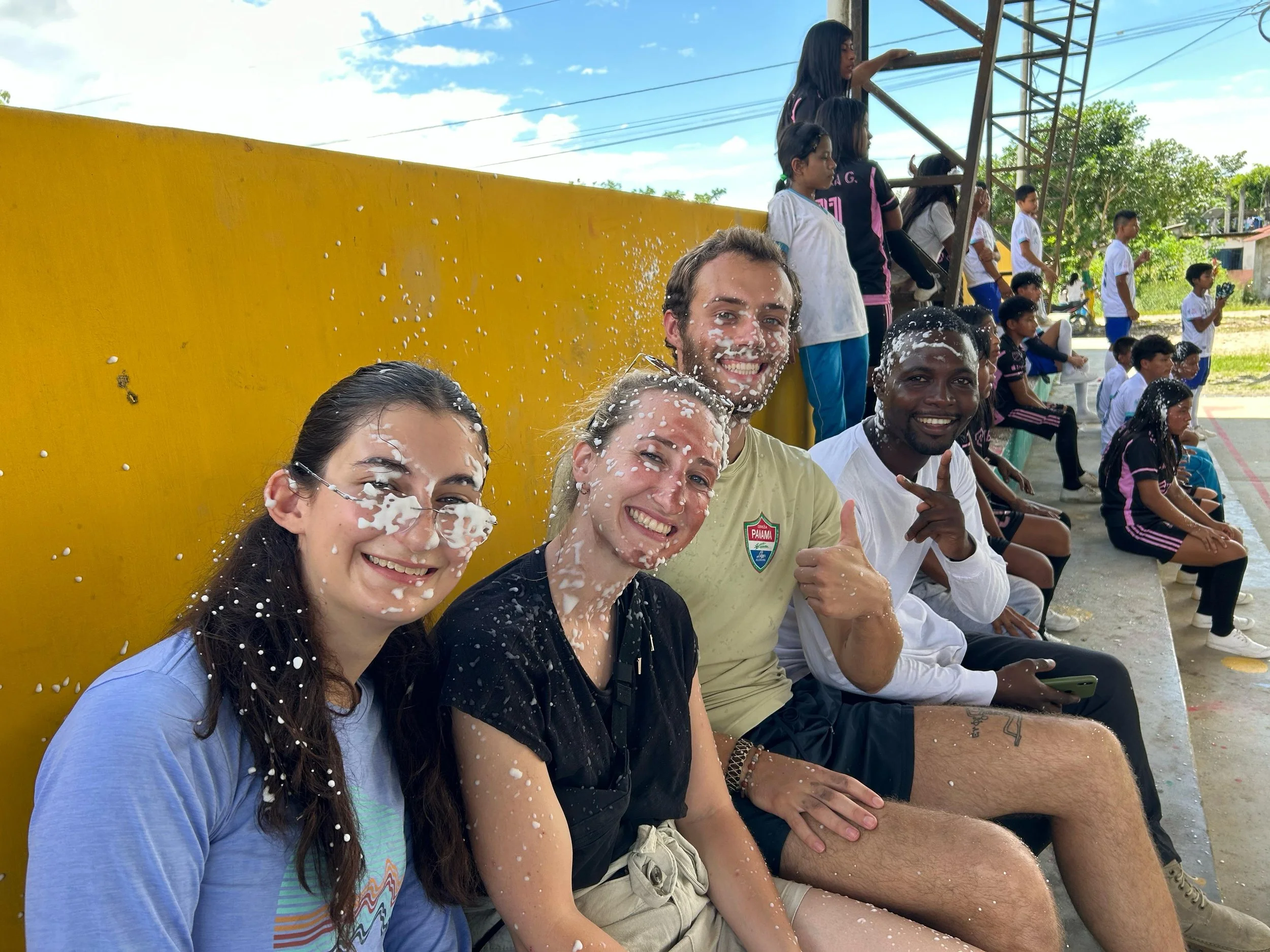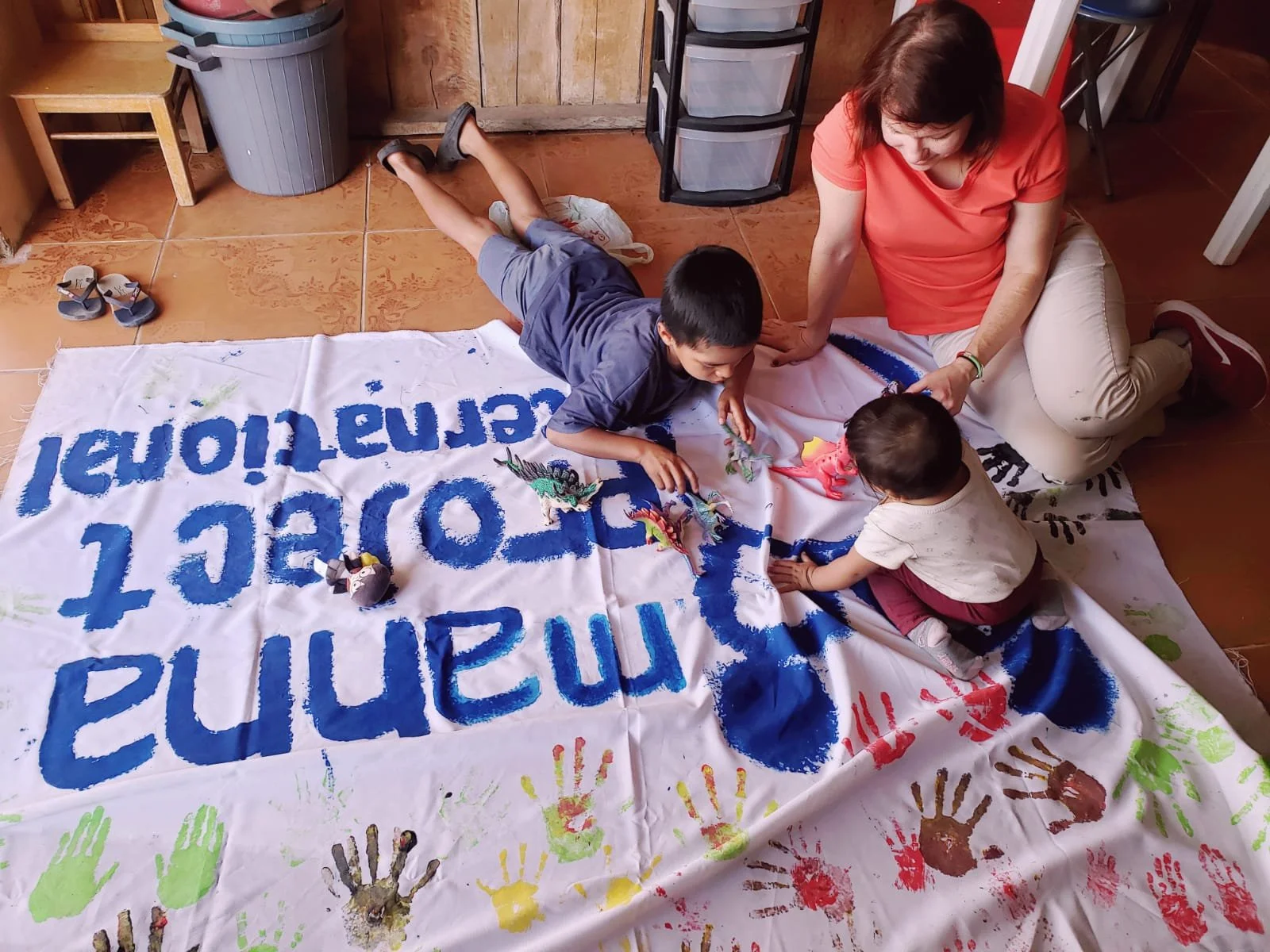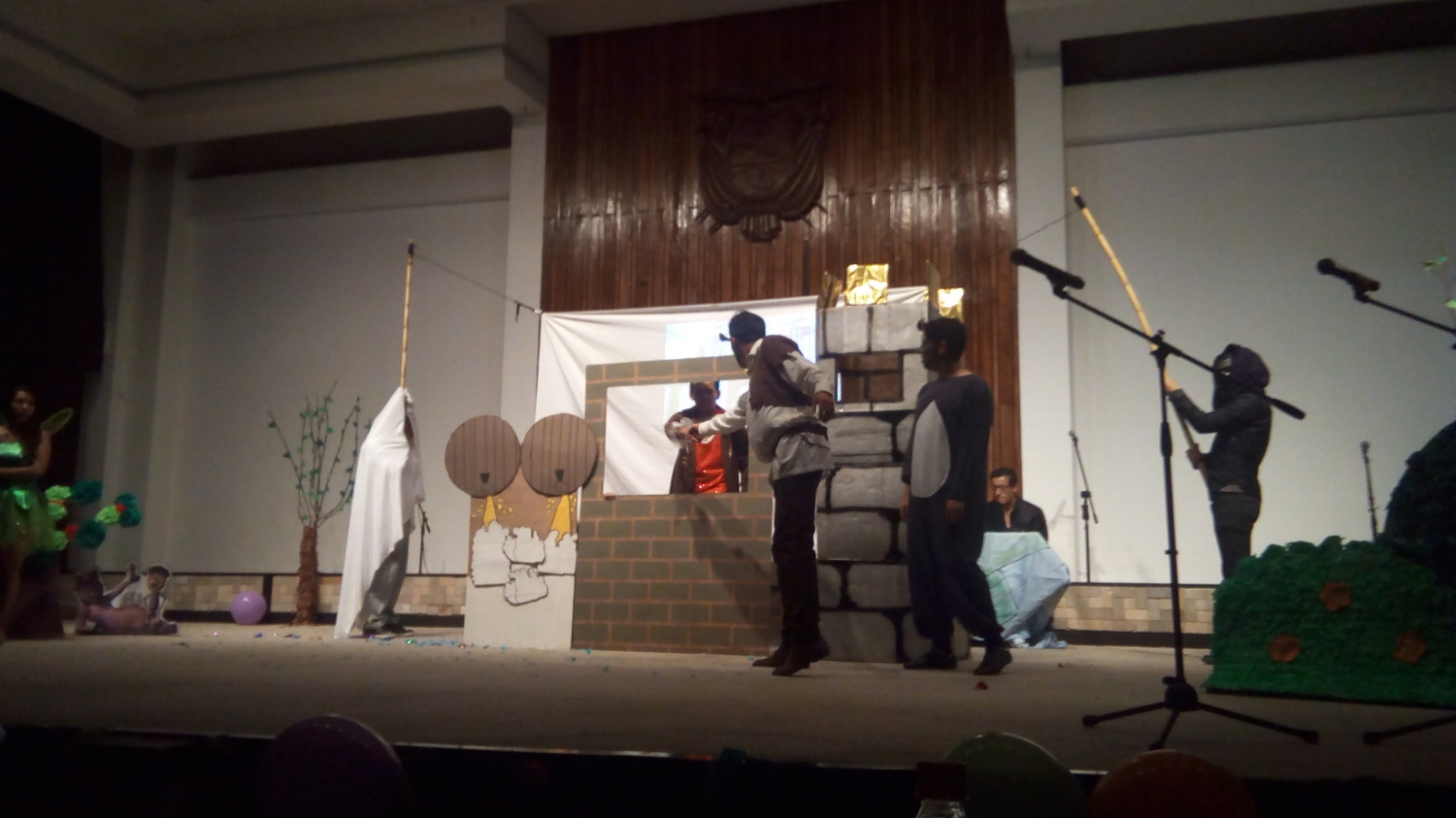Have you ever wanted to be Simon Cowell from American Idol? Or maybe you lean more Adam Levine from The Voice? Well fans, you’re in luck. I’m about to share with you the inner details of how it feels to be a judge in a real-life competition. How did I end up so lucky and famous you might ask? I speak English. That’s how.
Here in Ecuador, we work with a University called the Universidad de las Fuerzas Armadas, or ESPE for short. Each week, as Program Directors we assist in English classes, giving advice on pronunciation and how to study English. This relationship has been active for years and it is a fun way for Program Directors to make friends in the community that are of a similar age range. That being said, ESPE often asks us to help them with extracurricular activities, one of which recently was a theatre competition.
Each English class from the three ESPE campuses across Ecuador worked for weeks on preparing a play to be presented at a country-wide competition. These plays were of childhood fairy-tales or stories, adapted in English. This activity helped students learn how to think creatively in another language, while also encouraging fun participation! After weeks of practicing, came the final competition! Seeing as though the volunteers at Manna are native English speakers, we were asked to participate as judges for the final competition. Due to scheduling conflicts, I was the only one able to attend- and boy was it an experience!
I arrived on site and was greeted by the guards of the military base where it was being held. I was brought to the theatre, and escorted to the front row where I saw with the panel of two other judges- an English teacher from Quito and native Canadian, and an Ecuadorian actor. We were given padfolios with voting ballots and introduced formally to what we would be doing. After being given a grading cheat sheet, we sat and waited…and waited…and waited… for the plays to start. After the slight delay due to technical difficulties, the first play began. It was the tale of Beauty and the Beast, a fan favorite and household classic. The beast costume was phenomenal, and Belle (also known as simply Beauty in this rendition) truly let her voice be heard. Although this tale was certainly as old as time, there was no Emma Watson and therefore, was a slight letdown. Despite this, as judges we could clearly see how much work had been put into the execution of these plays. The backdrops, musical effects, and memorized lines (in English) were impressive and kept our attention!
As the night continued, I felt the pressure starting to mount- choosing first, second, and third places was not just a game! As a matter of fact, these kids really really cared about winning! With various intermissions from Professors singing their favorite karaoke jams (one even belted Whitney Houston’s “I Will Always Love You”), the battle of the plays continued.
While my favorite, a tale entitled “The White Falcon” took home the prize, I’d love to give honorable mention to “Scooby Doo and the Gang” who not only one-upped my incredible (not so humbly bragging) Daphne costume, but also used a REAL DOG to be Scooby doo! What a night it was!
In conclusion, in a few short hours my childhood dream of playing Paula Abdul as a judge for American Idol came to fruition. I was able to support an incredibly important community group we work with, while also experiencing all of my favorite childhood stories- just slightly modified-and in broken English. Nonetheless, it was an experience I will remember forever, and the free ESPE Padfolio I was gifted helps!
If you want to have the opportunity to get involved with community partners, apply to be a Program Director today!






















